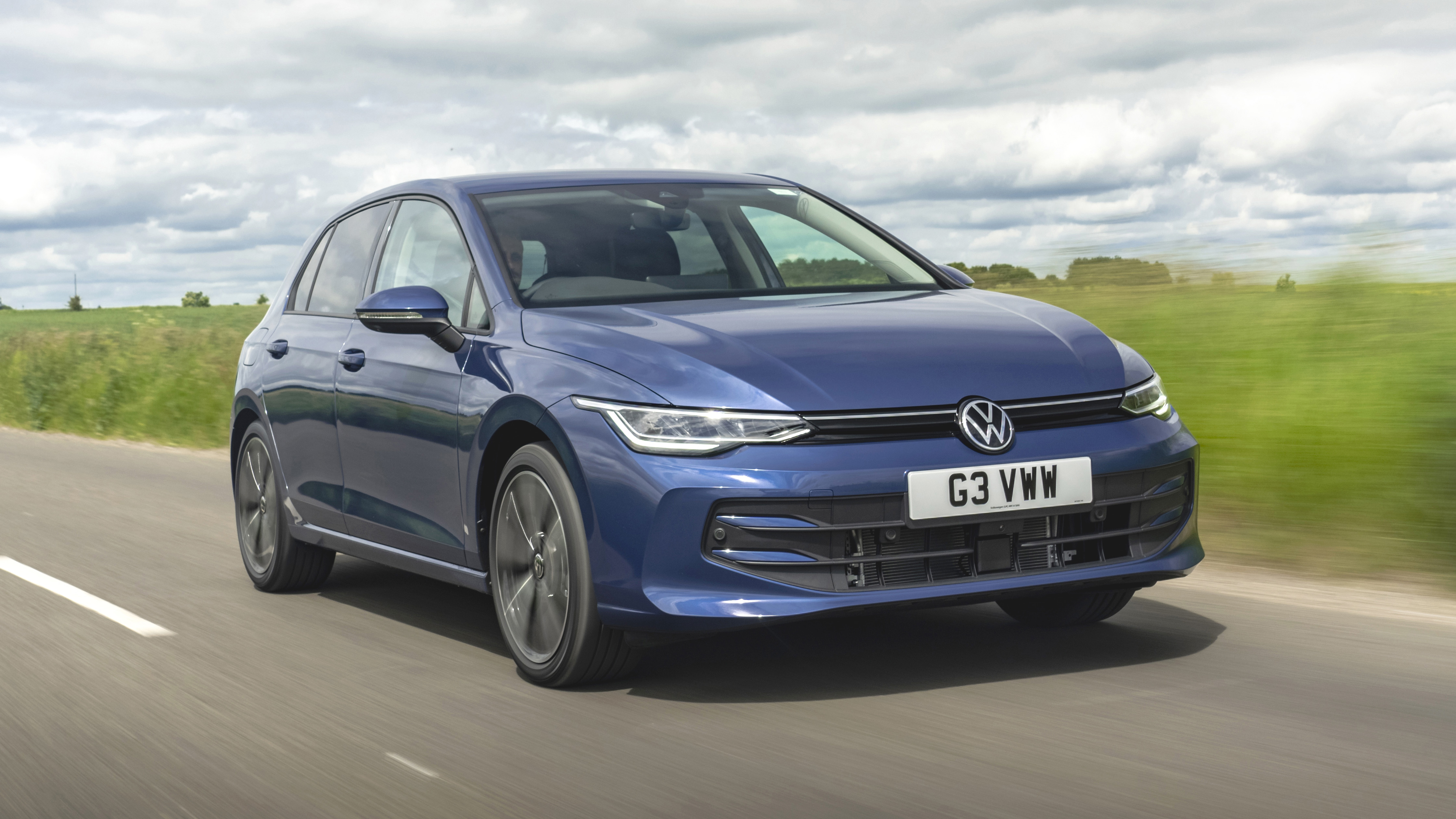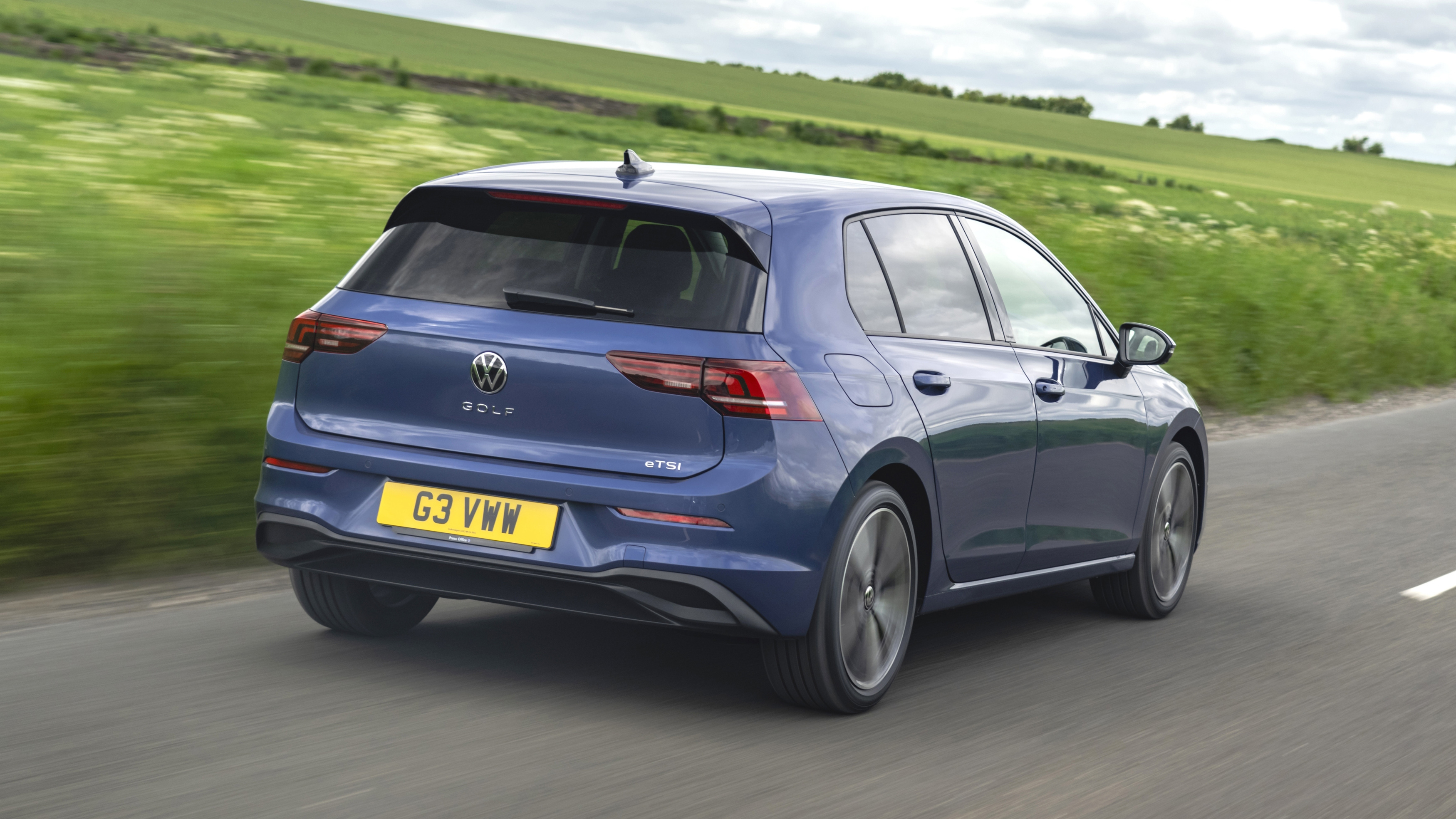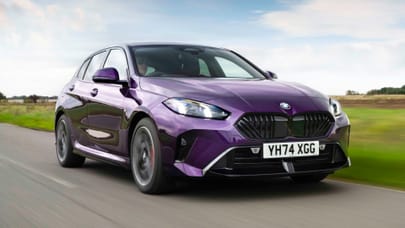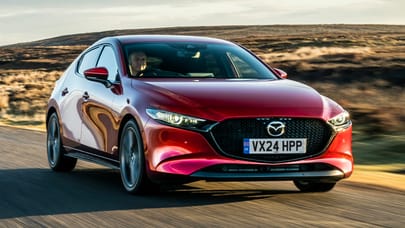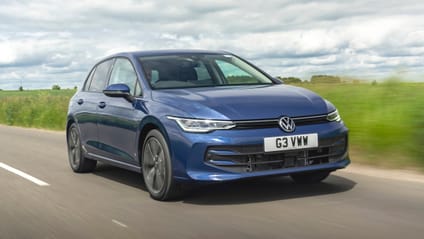
Good stuff
Generally strong all-rounder, a great drive if you spec it right
Bad stuff
Big interior upgrades aren't perfect, options can quickly add up
Overview
What is it?
It’s a mainstay of the motoring world, is what it is. The Volkswagen Golf hatchback is now in its eighth generation (well, eighth and a half... more on that in a bit), having long ago become the definition of a sensible choice. Need something for the school run? Get a Golf. Commuting to work? Get a Golf. Circumnavigating the globe? Yeah, a Golf would probably take that in its stride too.
The Golf is the lingua franca of the hatch world, universally known and understood. Although it’s always bang up-to-date, each generation is an evolution, springing few surprises. That’s key to its success. No Golf buyer ever had to engage with a conversation that began, ‘You’ve bought a what?’
Same old, same old then?
Something’s different here though. This generation Golf lies at a crossroads. At the same time as it hit the streets, VW launched the ID.3. The ID.3 is a mass-market electric car that you can own for similar money (probably more to buy but less to run). A future-facing pod propelled by new energy, literally and metaphorically.
So in some ways the Golf faces backward, like the Cutty Sark, last of the great tea-clipper sailing ships. A highly perfected version of something the world might no longer need. It uses the same MQB platform as the Mk7, so you’ll find no significant changes in dimensions or basic hardware. Instead most things in the suspension and powertrains are gently improved and finessed.
The base 1.5 four-cylinder TSI will get you from 0-62mph in 9.9 seconds, while at the other end of the scale, the plug-in hybrid GTE will manage the same sprint in 6.6s. The usual plethora of other Golf derivatives are present and correct too: there’s a Golf Estate, a Golf GTI, a Golf R, a GTI Clubsport, and a diesel Golf GTD. Golf galore.
Which bits are new?
Ah, this brings us to the eighth and a half bit we mentioned earlier. The Mk8 – launched in 2019 – was a solid enough car, but infuriating for its laggy infotainment system and useless touch sensitive buttons and sliders. In 2023 VW's technical chief admitted that they'd screwed up big time, promising not to launch another car "with thousands of problems" in the future. Ouch.
So the facelift, timed to celebrate the Golf’s 50th birthday, is intended to fix all of those issues. Front and centre is VW’s new MIB4 infotainment system, complete with more intuitive menu structure and faster processor. The touch sliders that control the cabin temperature and volume are now illuminated so you can use them at night, and there’s a new steering wheel, complete with proper buttons as opposed to the capacitive nonsense on the pre-facelift Mk8.
Exterior revisions are rather more minimal, but you can tell it apart from the old one thanks to its (very slightly) tweaked front and rear end design, illuminated Volkswagen badge up front, and 3D taillights at the rear.
What are its main rivals?
Anything you might consider a mainstream hatchback, so the Ford Focus, Vauxhall Astra, Kia Ceed, Peugeot 308, Mazda 3, Renault Megane, BMW 1 Series, Honda Civic and Hyundai i30, to name but a few. It shares a platform with the Seat Leon, Skoda Octavia and Audi A3 as well.
Our choice from the range

What's the verdict?
There wasn’t a whole bunch wrong with the Mk7 Golf. And when the Mk8 arrived, we longed for the clarity of the old car’s infotainment. While the touchscreen still rules in the Mk8.5, the new system is undoubtedly an improvement.
And the rest of the car is, sure enough, finely polished. Better steering, better refinement, better safety. All of them steps forward for a car that already pretty much led the class. Get yourself a 148bhp TSi with the multi-link axle in Style trim and you’re laughing.
Oh and by the way, for the next few years, VW doesn’t even see Golf sales falling away. ID.3 buyers tend to come from other places, while yesterday’s Golf buyers stick to today’s Golf. They won’t go far wrong.
The Rivals
Trending this week
- Car Review
Ferrari Amalfi




